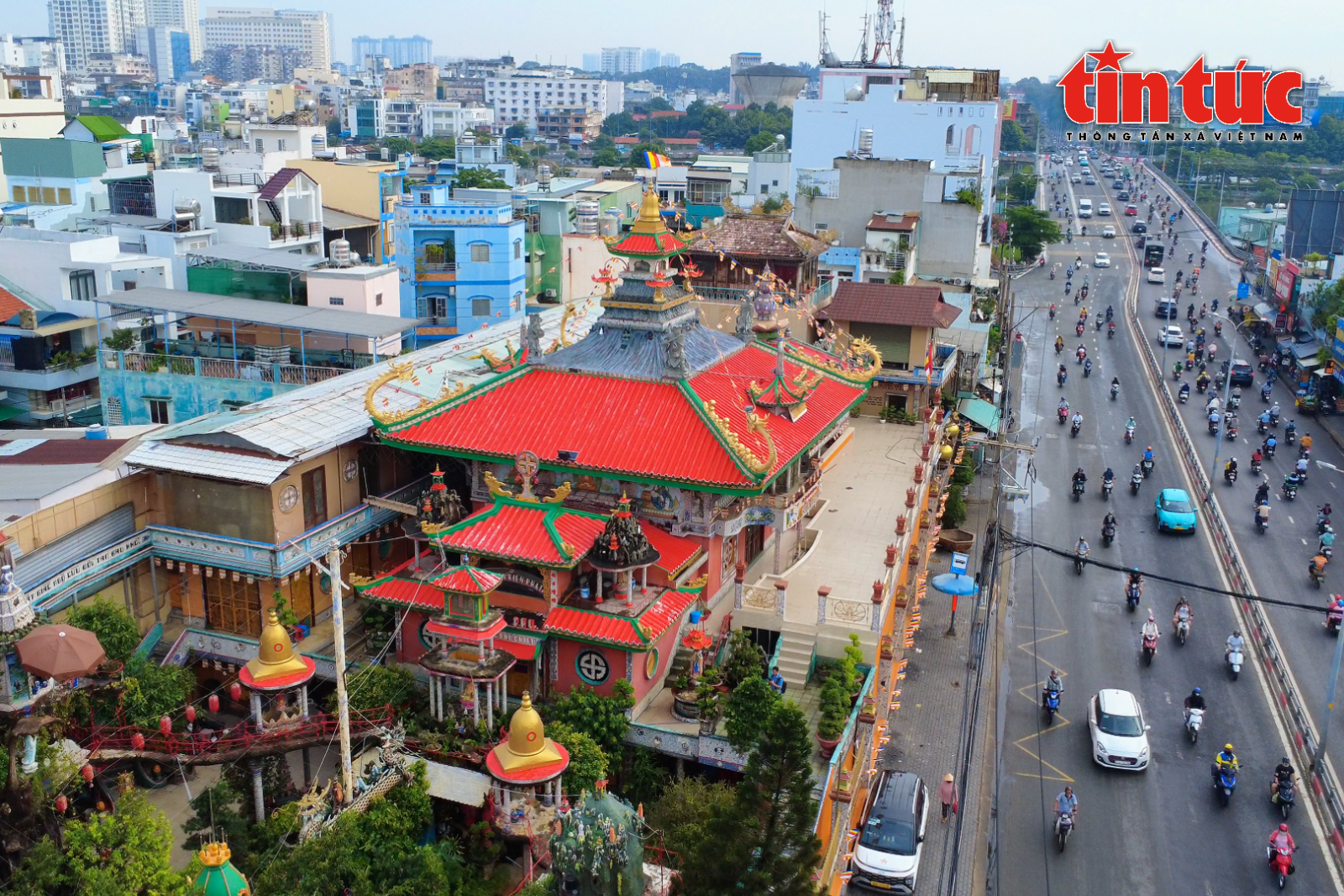
An Phu Pagoda (also known as the ceramic pieces pagoda) is not only notable for its nearly 180-year-old age but also for its unique architecture made from more than 30 tons of ceramic and porcelain scraps...
Located at 24 Chanh Hung Street (Ward 10, District 8), An Phu Pagoda is not only a sacred place of worship but also a unique destination thanks to its architecture: pieces of broken porcelain from cups, bowls, plates, and teapots are meticulously assembled over an area of over 1,500 square meters.
According to documents kept at the pagoda, An Phu Pagoda was founded by Venerable Thich Thanh Duc in 1847. At that time, the pagoda was as simple as many other monasteries in the South. Over time, war and social upheaval caused the pagoda to gradually deteriorate seriously. In particular, in the late 19th and early 20th centuries, the pagoda fell into a state of disrepair, seemingly forgotten.

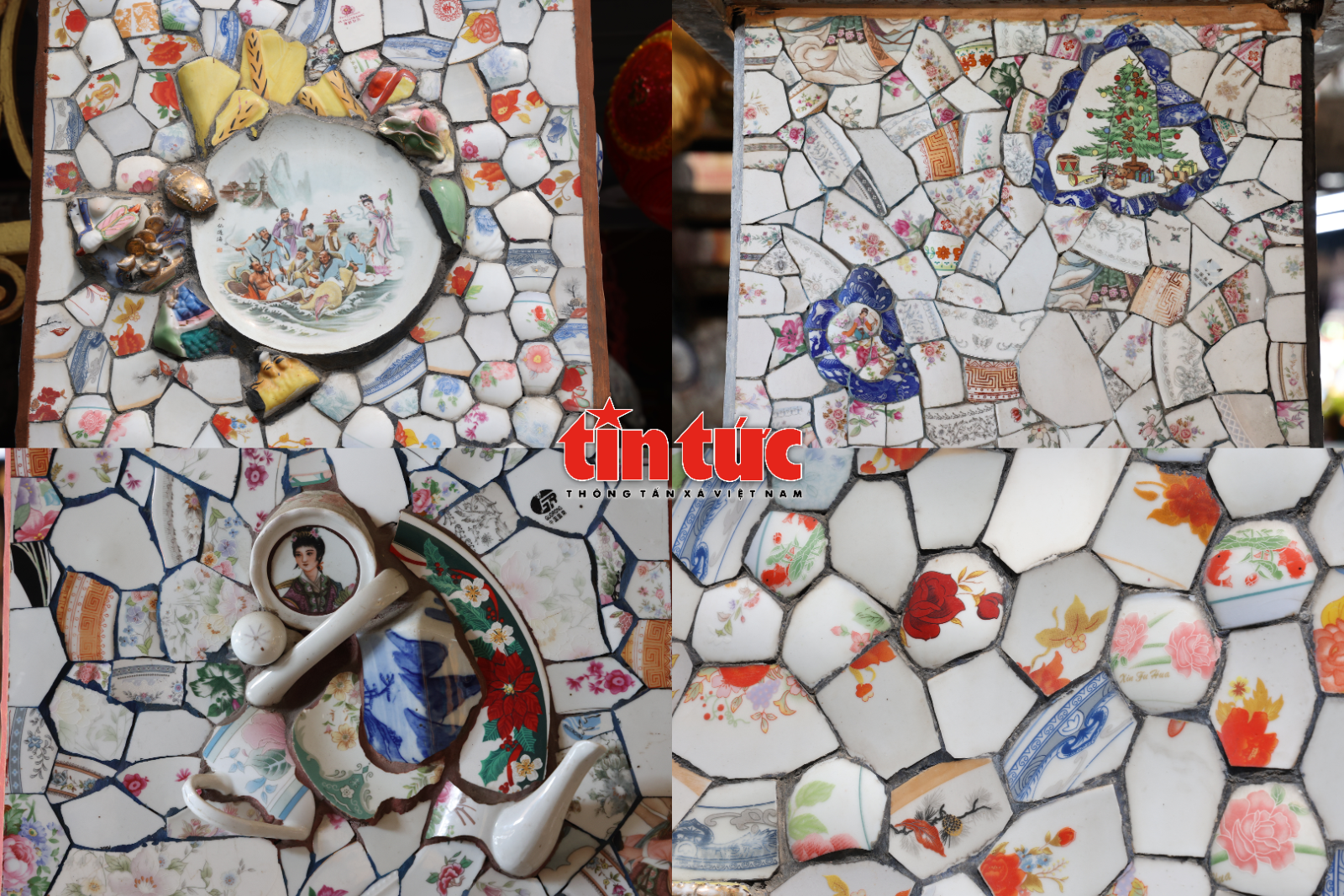
Pieces of porcelain from teapots, plates, bowls... are attached to all the walls, columns, and roofs in An Phu Pagoda.
The most important milestone in the journey of restoring the pagoda took place in 1961, when Venerable Thich Tu Bach took over. Not only did he organize a major restoration, he also made a bold and creative decision to use scrap pieces of porcelain and ceramics - seemingly useless objects - to "revive" the pagoda in a way unprecedented in the history of Vietnamese Buddhist architecture.

The pieces of ceramic and porcelain are skillfully attached to create harmonious and vivid motifs across the surface of the temple.
From 1961 to 2004, with the joint efforts of monks and Buddhists, An Phu Pagoda used more than 30 tons of broken ceramic pieces, mainly from broken cups, plates, and teapots to decorate almost the entire area of 3,886 m2 of the construction. It is estimated that more than 20,000 working days were mobilized to carry out this process.
The broken pieces of ceramic are polished, cut and shaped, then meticulously mounted on walls, columns, domes, stairs... creating motifs with strong Buddhist imprints, such as: statues of Maitreya Bodhisattva, statues of Avalokitesvara Bodhisattva, lotus flowers, swastika symbols, dragons, rolling clouds...
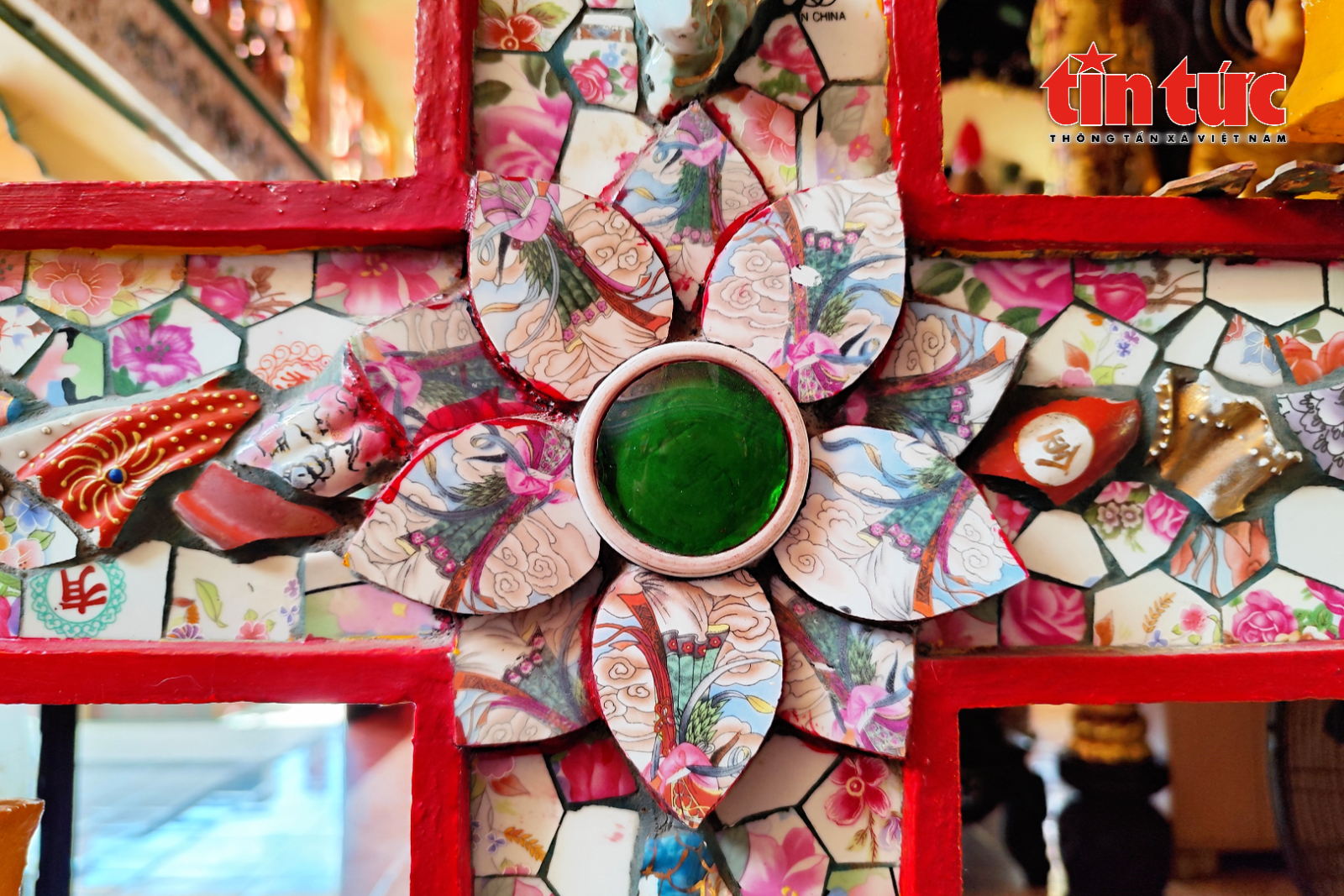
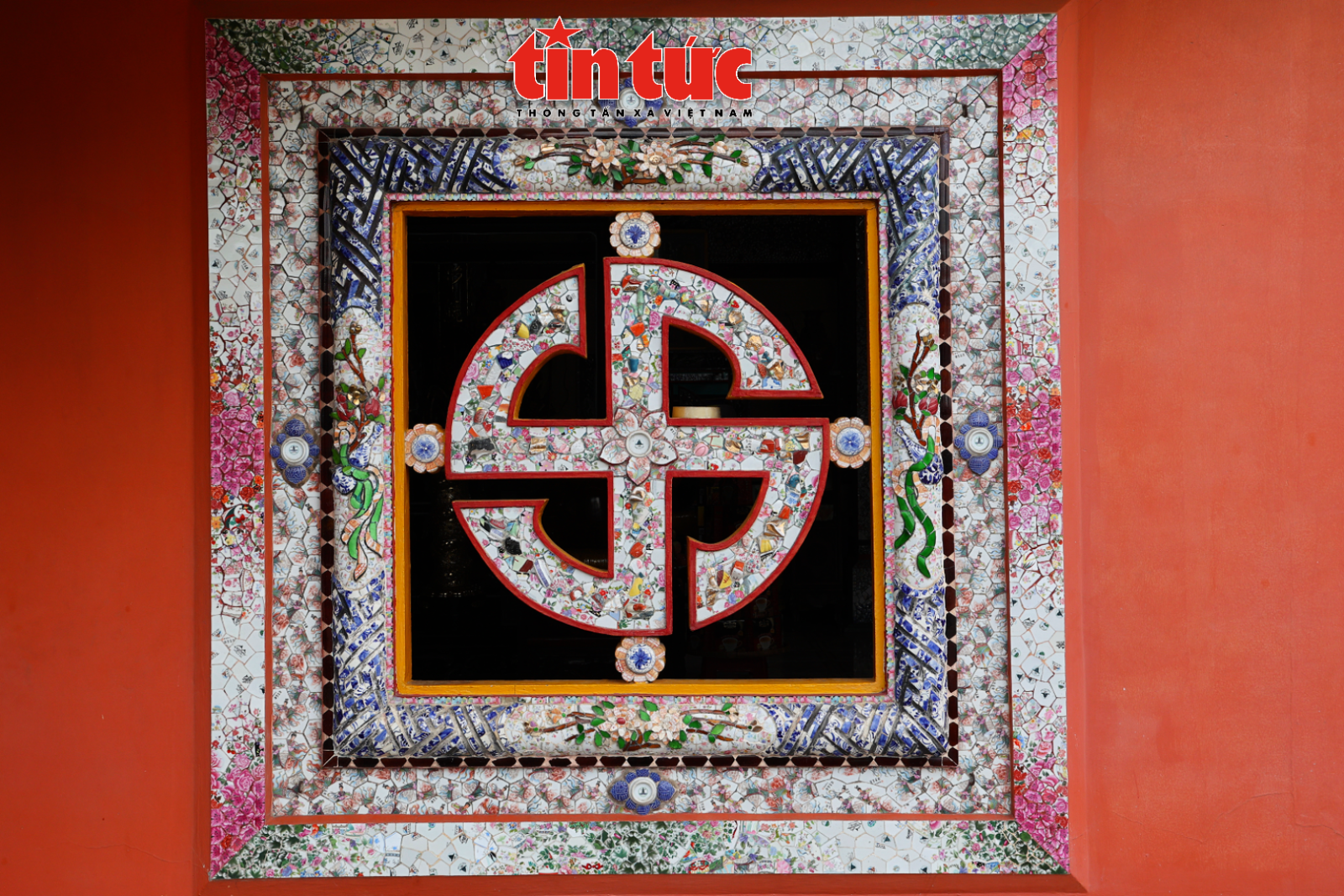
The decorative motifs are meticulously carved, demonstrating the craftsmanship and creativity of the craftsman.
The special thing is that all the work of attaching these ceramic pieces is done by the monks in the temple themselves, without the help of professional craftsmen. Under the sunlight, each wall seems to sparkle with porcelain, making the temple become strangely brilliant and attractive.
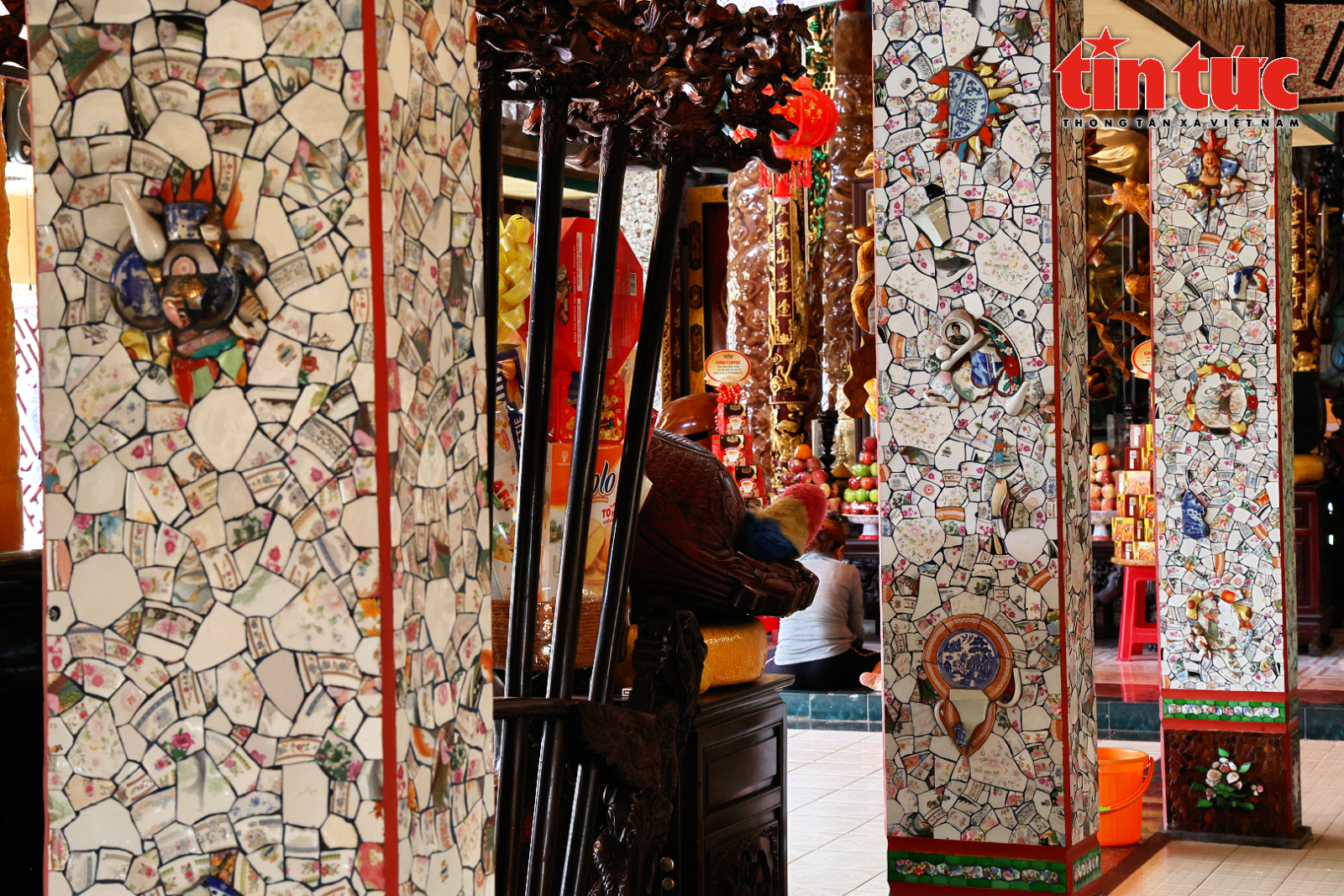
More than 30 tons of ceramic pieces were used for construction and decoration, creating the unique appearance of An Phu Pagoda today.
Not only does it have aesthetic value, the use of ceramic pieces for decoration also contains a layer of deep philosophical meaning. According to Buddhist teachings, what has been broken like these ceramic pieces can still be gathered, restored and become a beautiful whole. It is a symbol of rebirth, the transformation of suffering into happiness and the spirit of overcoming difficulties to rise up in life.
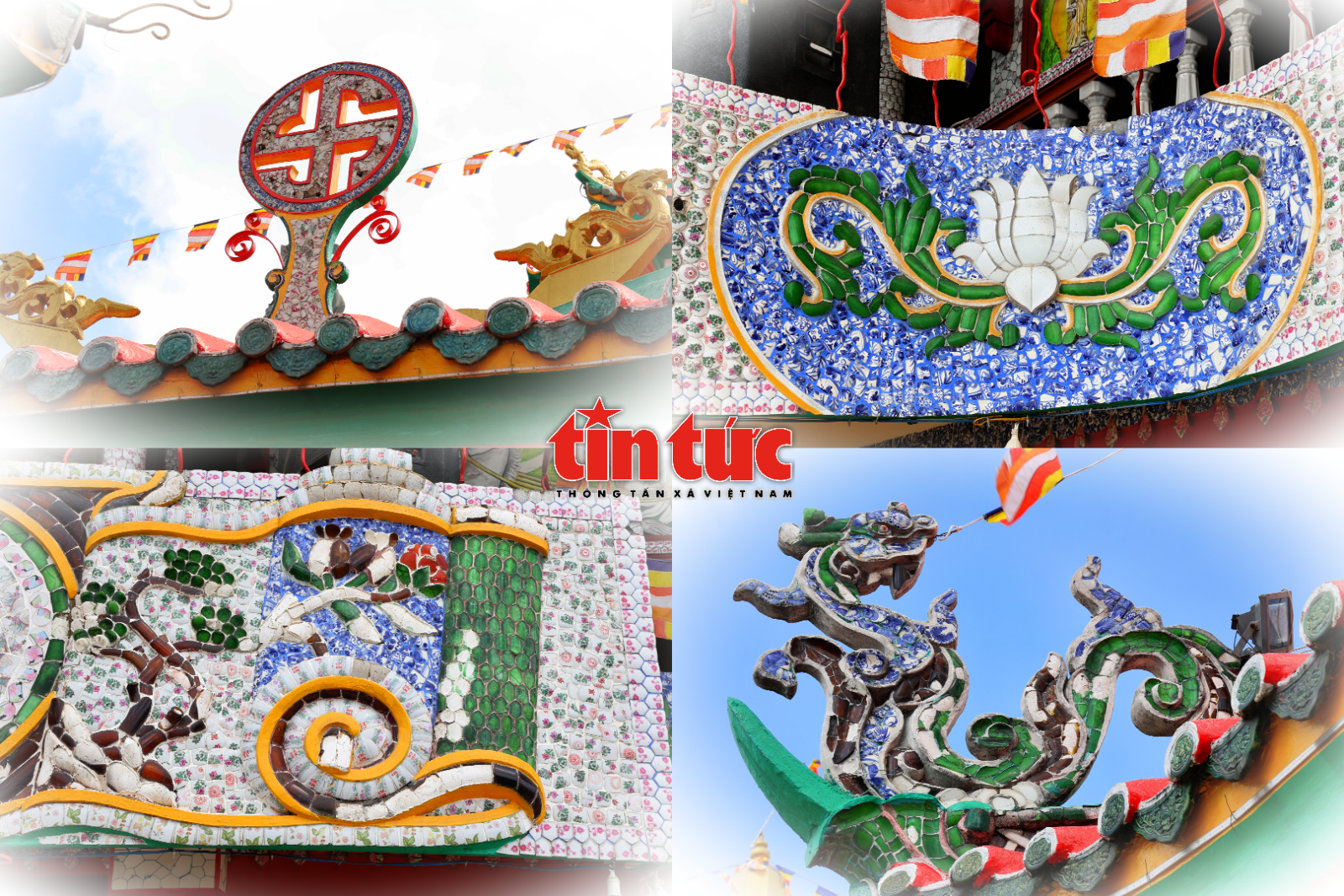
The dragon motif on the temple roof is elaborately decorated with ceramic pieces, creating a majestic and lively look for the building.
An Phu Pagoda was built in the traditional Southern architectural style, with the characteristic of overlapping roofs, creating a majestic and elegant look. The three-door gate is one of the most impressive highlights. It consists of three paths symbolizing the Three Realms (Desire Realm - Form Realm - Formless Realm), above is the statue of the Three Worlds Buddha representing the three times: past, present and future. All are elaborately attached with pieces of porcelain.

The interior design of the temple bears the typical architectural and cultural features of the South, intimate yet solemn.
Inside the temple, the main hall is shaped like a rectangular stupa, symbolizing Mount Sumeru, the center of the universe in Buddhism. The overlapping roofs, each level is bordered with shiny porcelain, with the image of the Garuda bird supporting the main roof, symbolizing protection and peace.
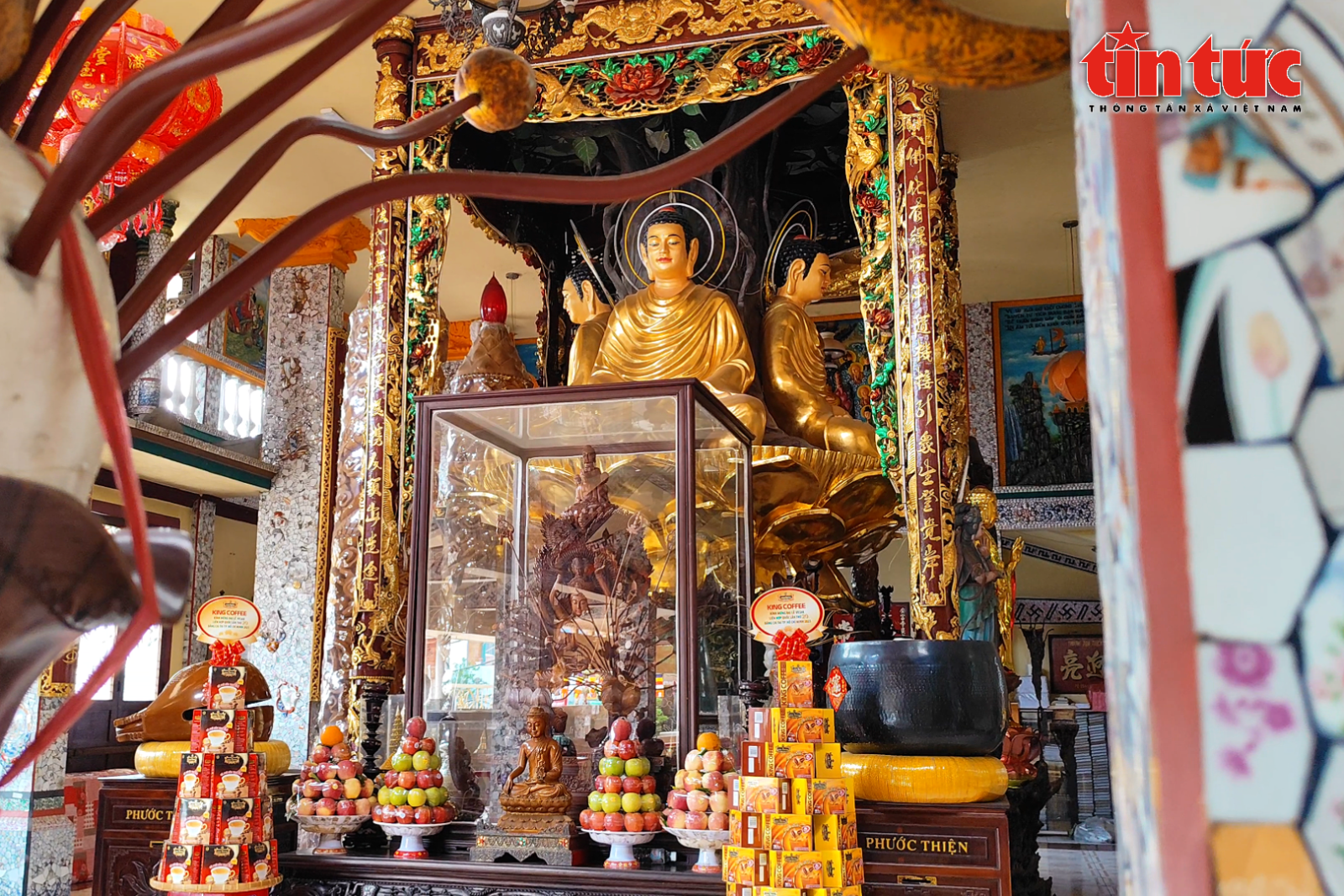
Four large statues of Buddha Shakyamuni are arranged facing the four directions of East, West, South and North, implying universal salvation for all sentient beings. Behind the statues is a green Bodhi tree, spreading its large shade, symbolizing enlightened wisdom.
With its special architectural, artistic and spiritual values, on November 30, 2007, An Phu Pagoda was recognized by the Vietnam Book of Records (VietKings) as the pagoda that uses the most ceramic pieces in Vietnam. This is not only a title but also a recognition of the efforts, perseverance and persistent creativity of monks, nuns and Buddhists over many decades.
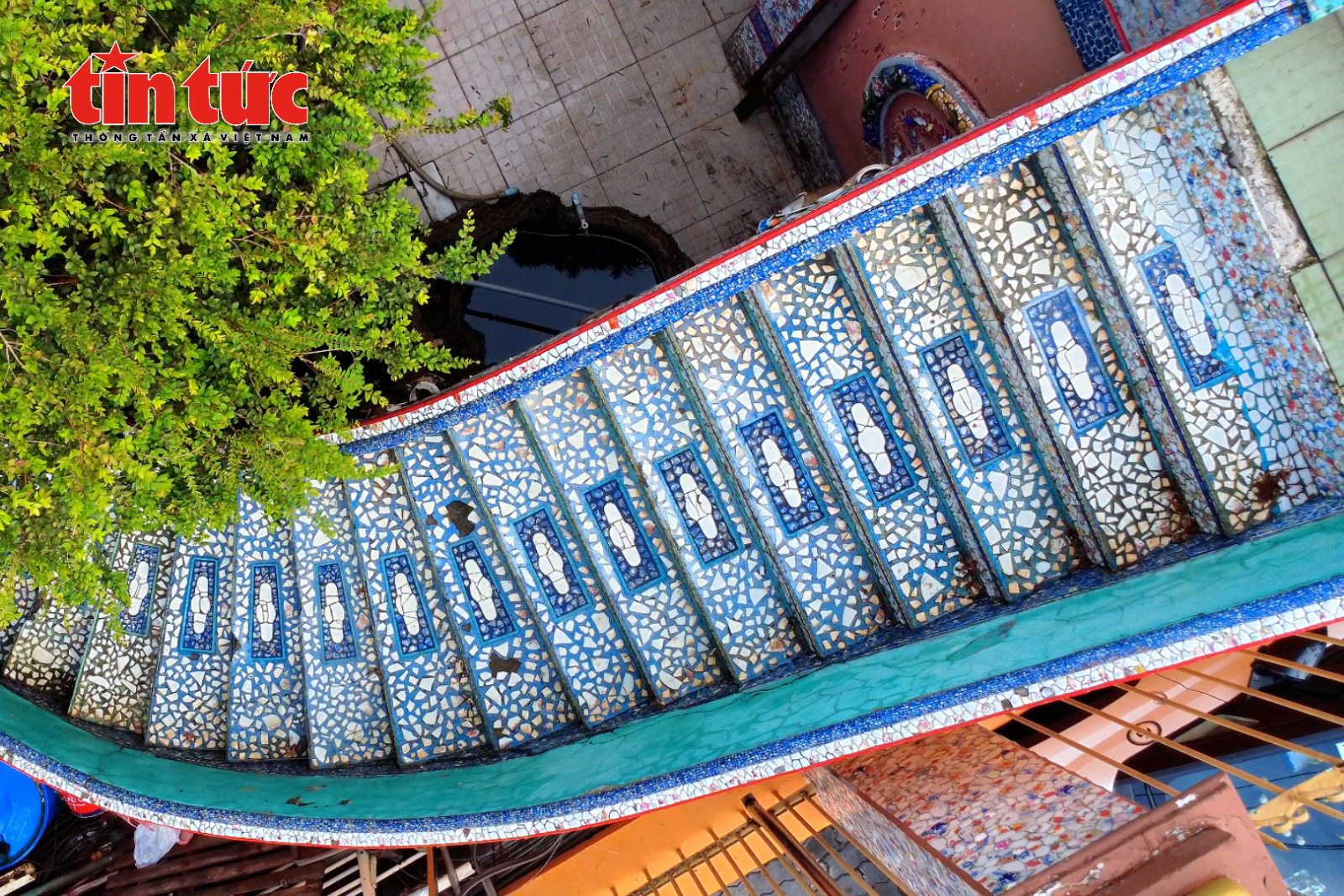
Even the stairs are studded with hundreds of pieces of porcelain, creating a unique and vibrant beauty.
In addition to the record for ceramic pieces, An Phu Pagoda also owns two pairs of the largest candles in Vietnam, a testament to the unique crafting art in the pagoda.
Accordingly, the first pair of candles was made by Venerable Thich Hien Chon (Deputy Abbot), each weighing 1,800 kg and 3.4 m high. The body is carved with a winding dragon image, and the base is the image of Five Dragons Paying Attention to the Lamp.
The second pair of candles crafted in 2005 weighed 2,100 kg each and were 3.83 m tall, breaking the previous record for size.
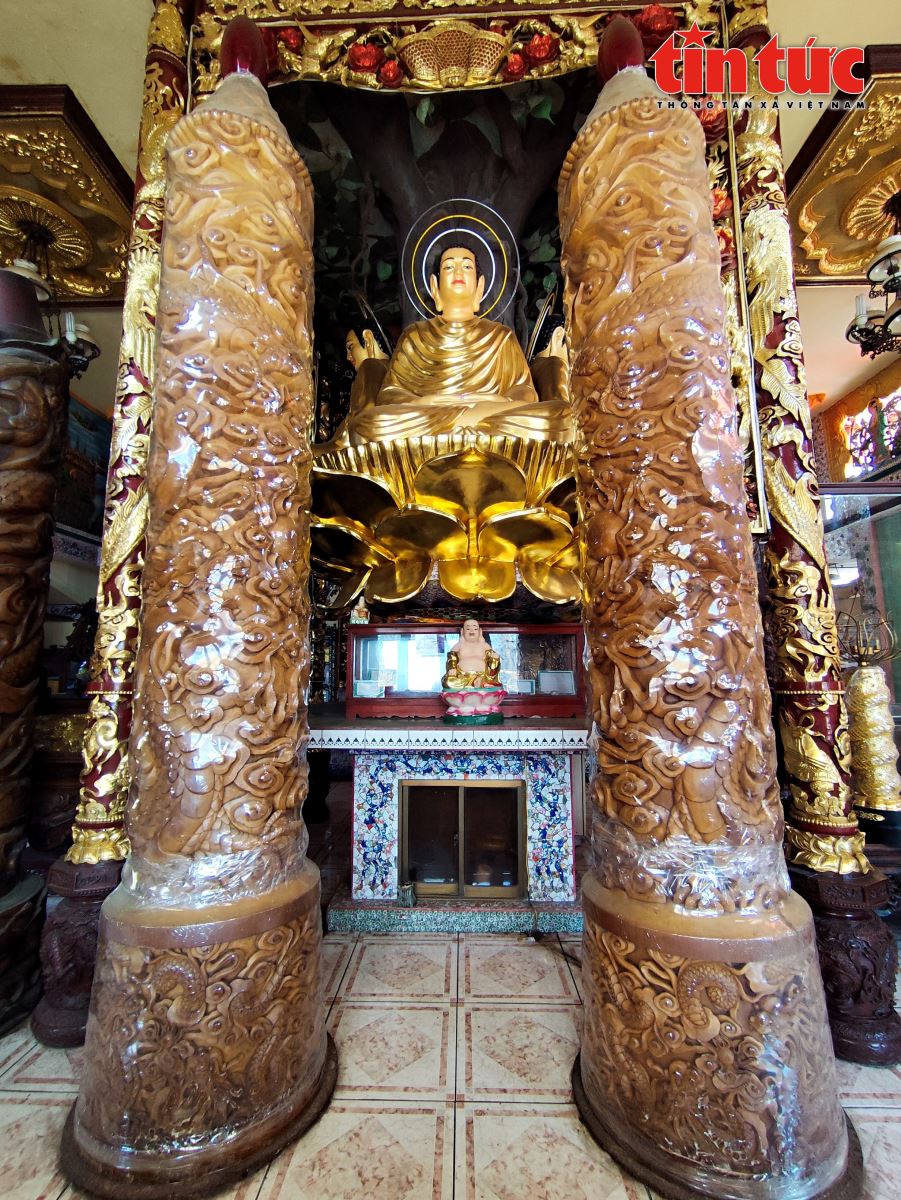
The second pair of candles, crafted in 2005, weighs 2,100 kg each and is 3.83 m tall.
Today, An Phu Pagoda is not only a place for Buddhists in the area but also a cultural and artistic destination sought by many domestic and foreign tourists. Amidst constant urbanization, the existence and development of the pagoda is a living testament to the preservation of national heritage.
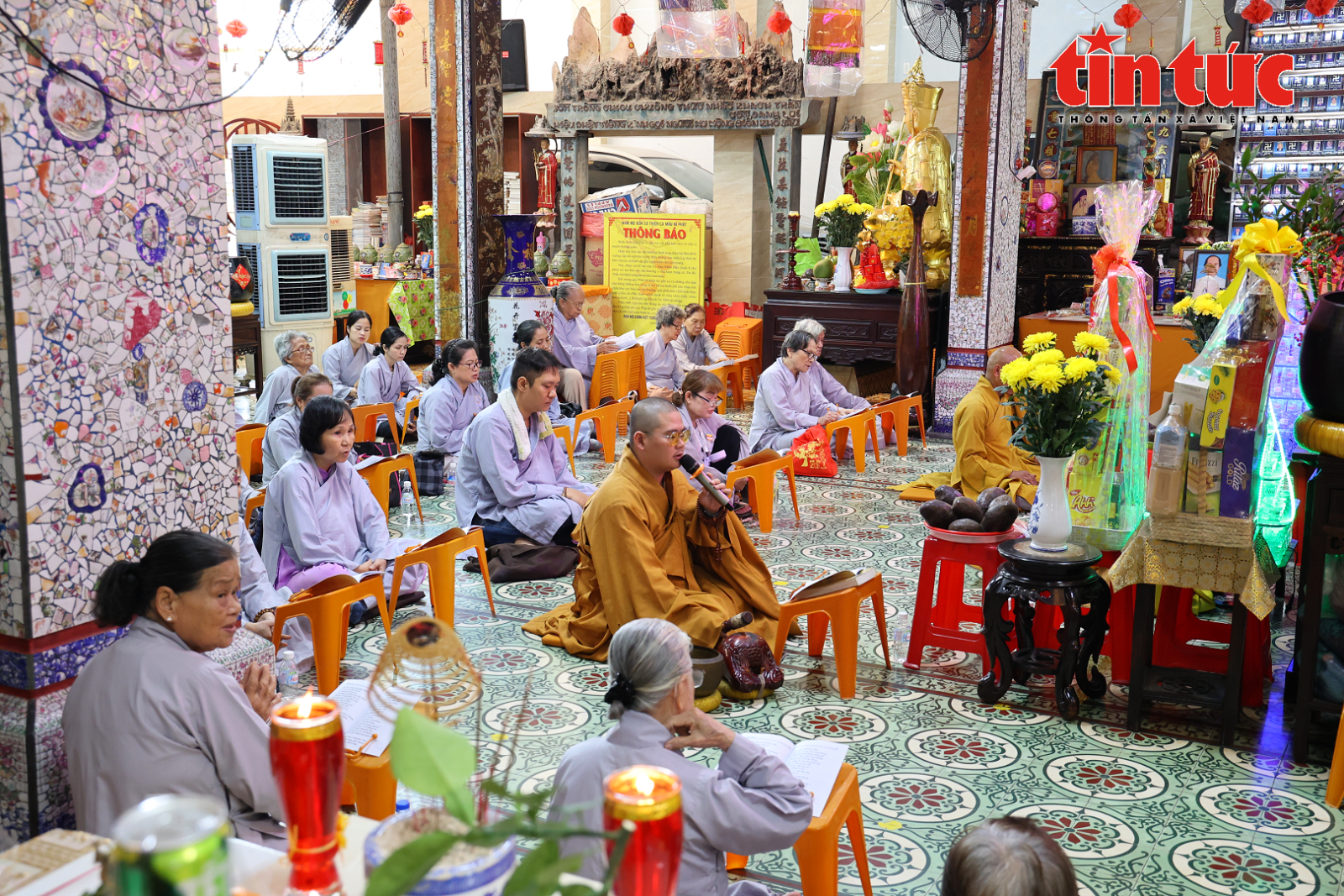
Not only impressing with its unique architecture made from ceramics, An Phu Pagoda is also a regular destination for many Buddhists to worship and find peace.
The pagoda continues to be restored, preserved and expanded under the guidance of Venerable Thich Hien Duc, the sixth abbot. He not only continues the passion of his predecessors but also breathes into it a spirit of innovation, harmonizing the ancient and the modern.
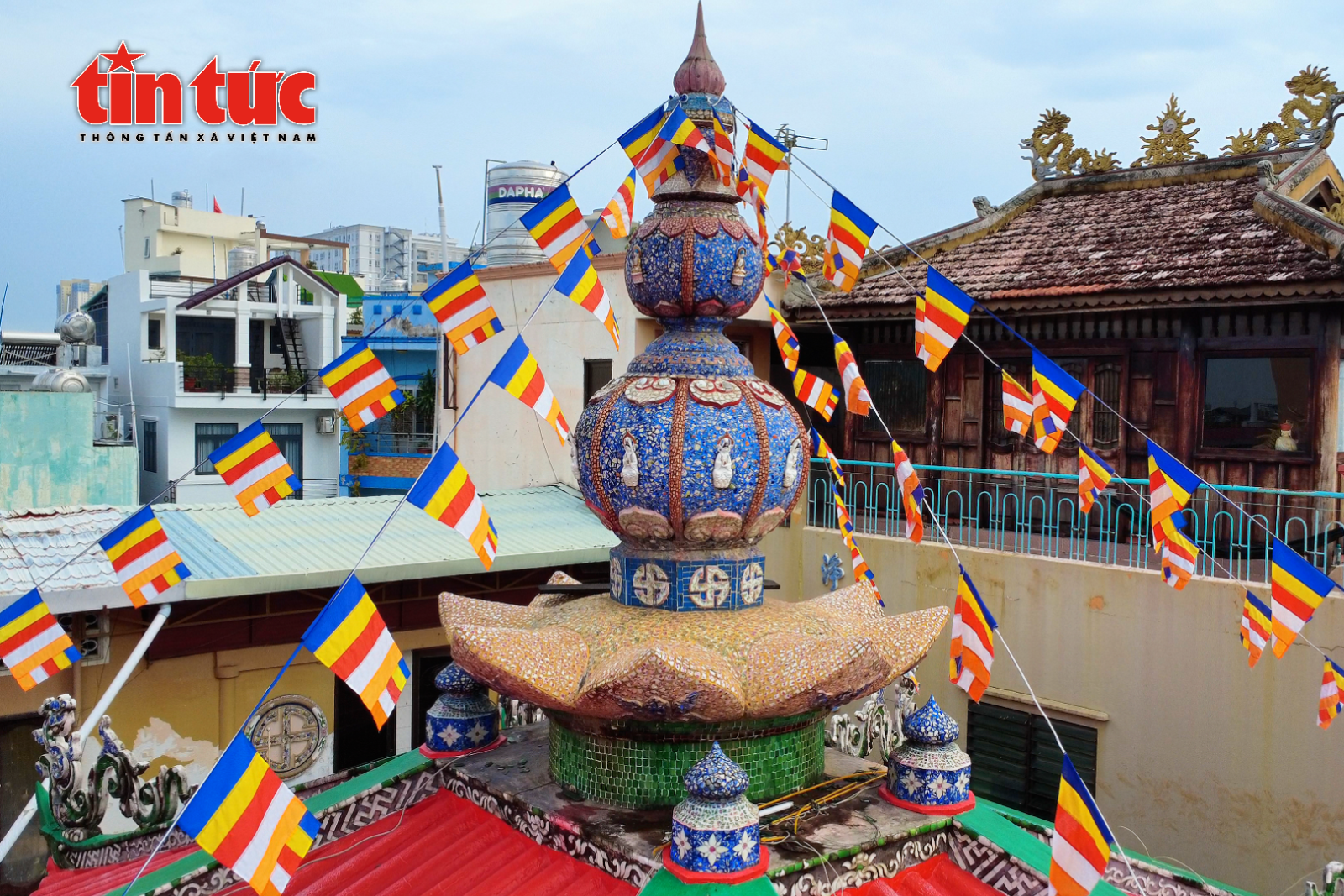
An Phu Pagoda, also known by its popular name of the ceramic fragment pagoda, is not only a place to express Buddhist beliefs, but also a symbol of perseverance, creativity and dedication. From broken pieces of ceramic, people can create a masterpiece that lasts over time.
Article, photos, clips: Memory/News and Ethnic Newspaper
Source: https:// video .baotintuc.vn/ngam-ngoi-chua-doc-dao-duoc-ket-tu-hon-30-tan-manh-sanh-tai-tp-ho-chi-minh-post24684.html



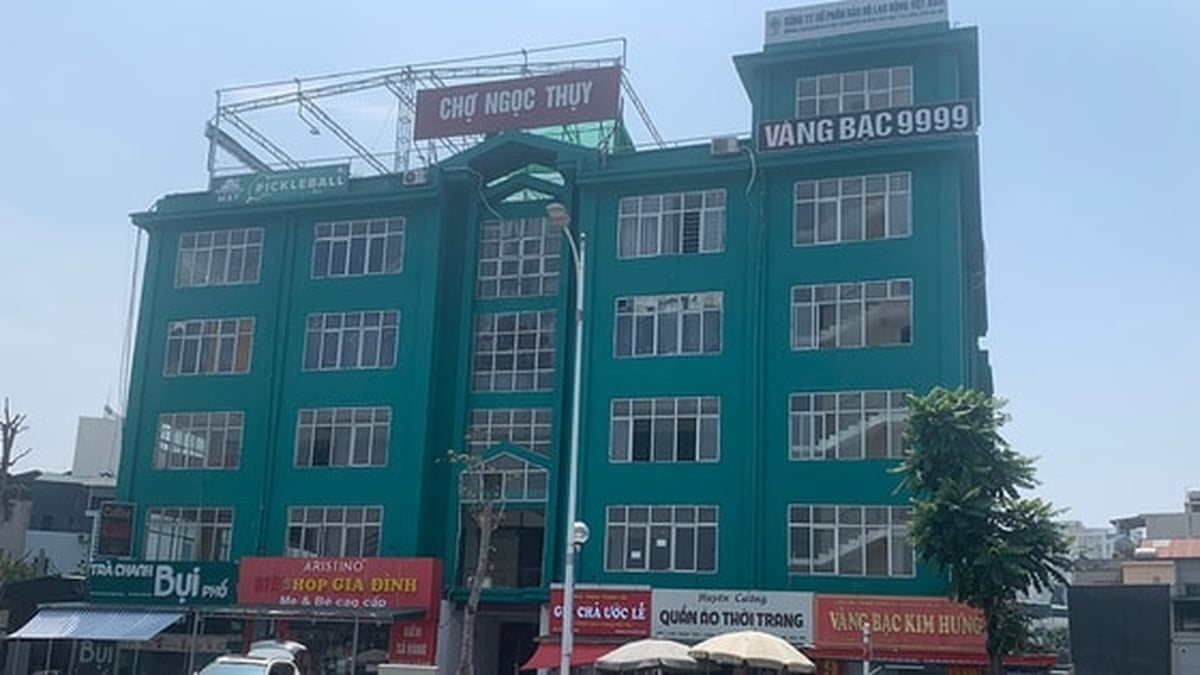


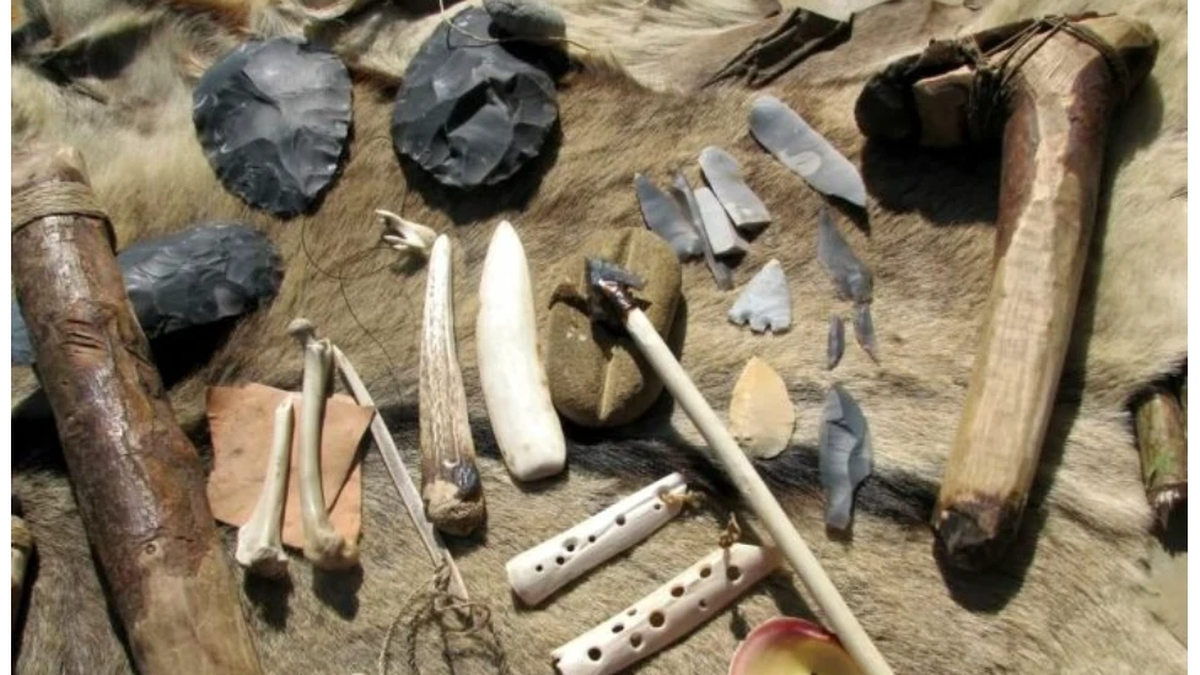



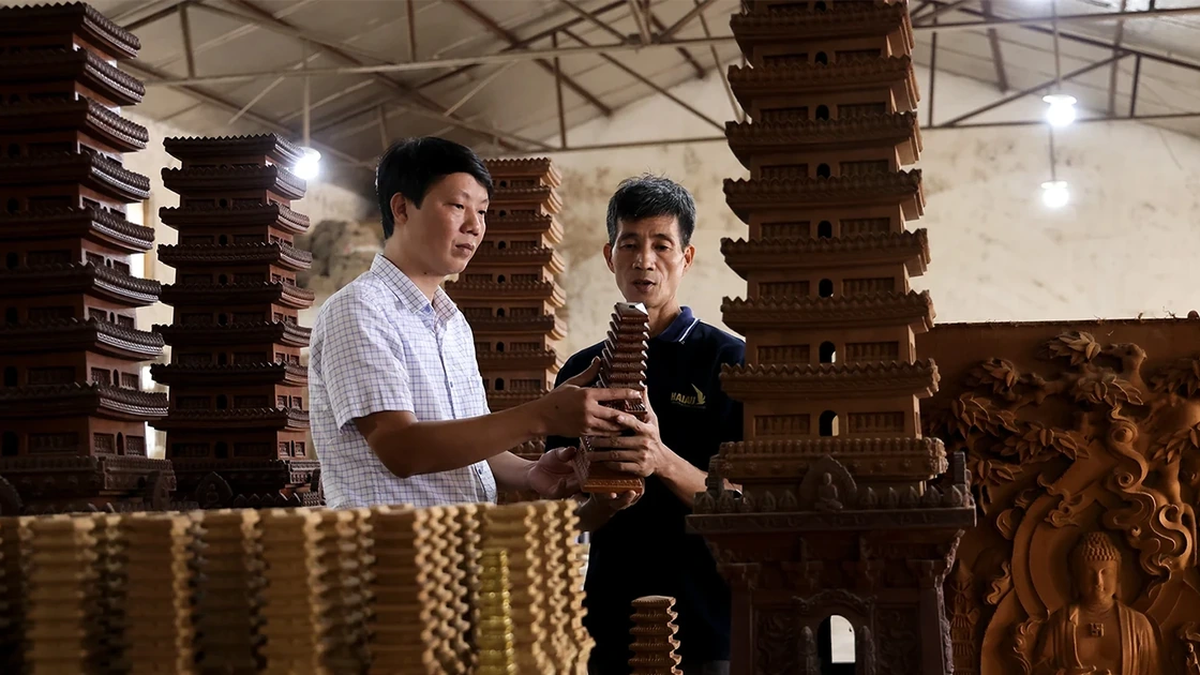












![[Photo] Nghe An: Provincial Road 543D seriously eroded due to floods](https://vphoto.vietnam.vn/thumb/1200x675/vietnam/resource/IMAGE/2025/8/5/5759d3837c26428799f6d929fa274493)








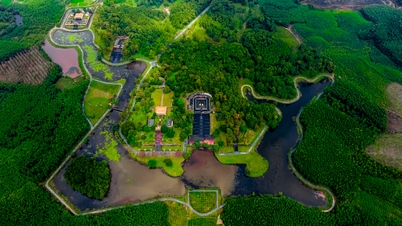



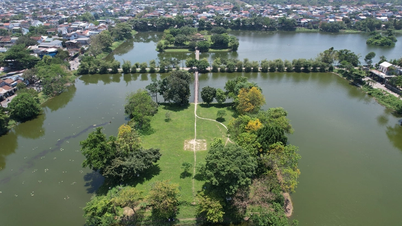
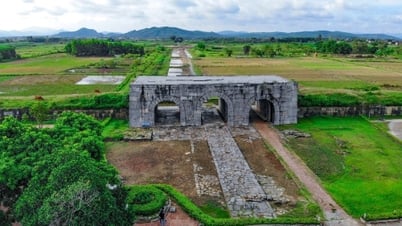

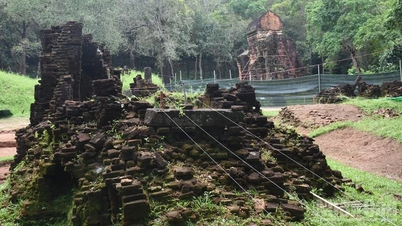























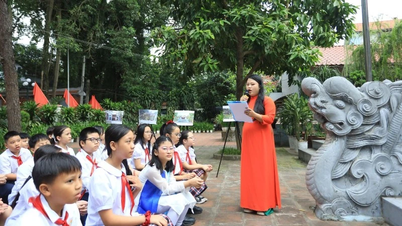






























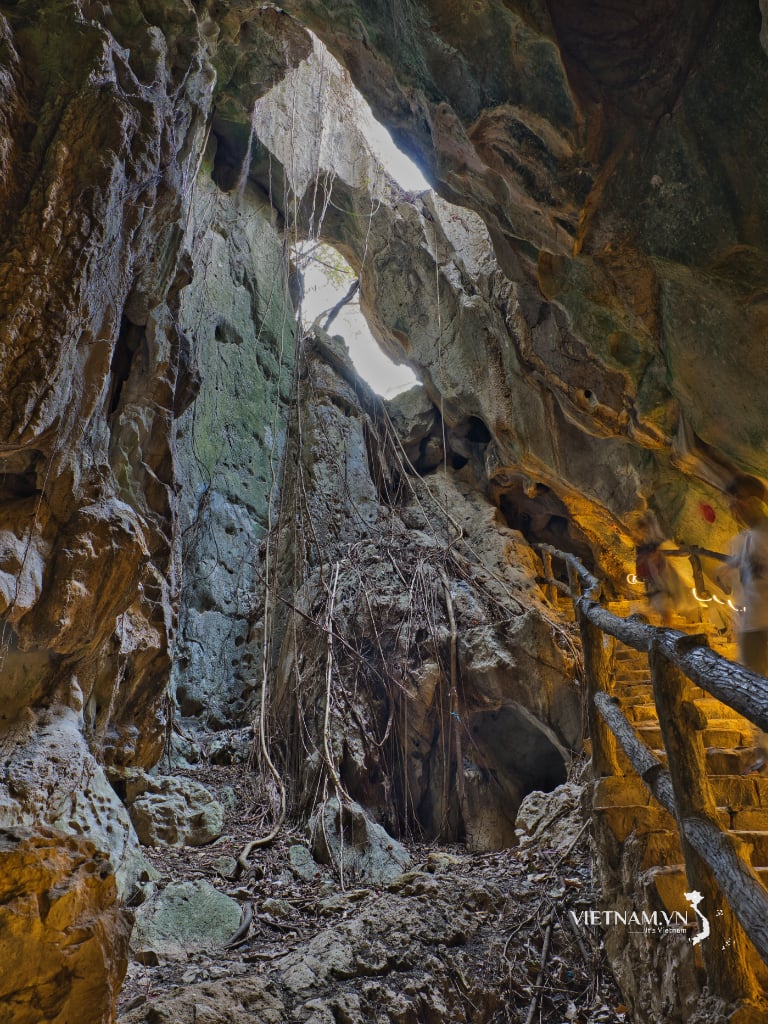

Comment (0)